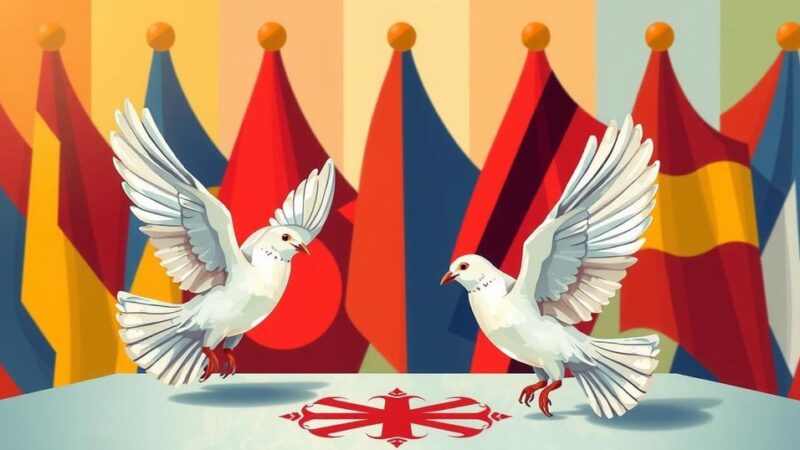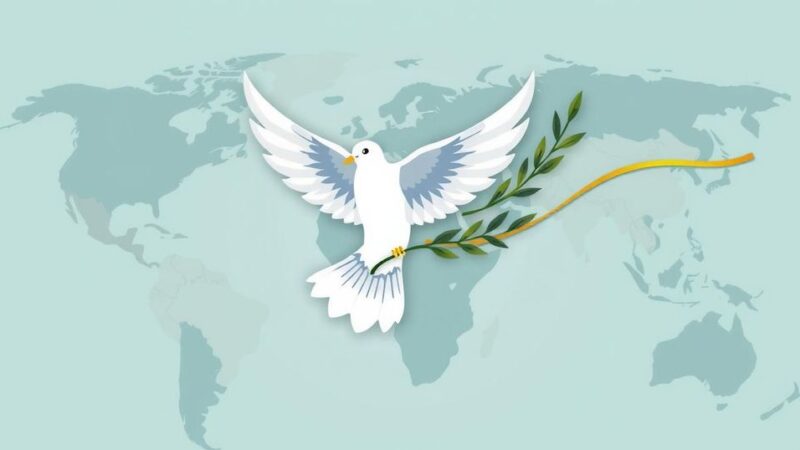Protests in Gaza signify a shift against Hamas, with citizens demanding change amid concerns of continued Israeli military actions. Media narratives often misrepresent the situation, influencing public perception. The protests present an opportunity for reform, but the support from Israel and the international community is crucial for success, as internal changes within Gaza are essential for achieving long-term coexistence.
Recent developments in Gaza have sparked optimism, as thousands of residents participate in protests against Hamas, seeking its removal. Many Gazans are concerned that continued Israeli offensives could devastate what remains in the region. These protests represent a critical opportunity for change and signal a shift in public sentiment against the governing entity.
Mainstream media, however, appears to underreport the significance of these protests, often influenced by narratives that portray Israel as the aggressor. This bias reflects a broader misunderstanding of the realities on the ground, hampering a nuanced view of the conflict and the plight of Gazan citizens.
A viral meme illustrates this disconnect, juxtaposing an anti-Israel activist with a Hamas terrorist. The exchange reveals a painful truth: there is undeniable complicity among some in the broader narratives that soften Hamas’s actions, further complicating efforts for peace.
Support for the uprisings is crucial as they symbolize hope for a transformative future. Although Hamas agreed to a ceasefire brokered by Egypt, this move may merely be a tactic to suppress dissent rather than a genuine commitment to peace. The potential relocation of Gazans is less desirable compared to empowering local citizens to reclaim their region and its governance.
Despite optimism, the realities highlight significant challenges; many Gazans remain radicalized and have not demonstrated solidarity with non-combatants. Nevertheless, this uprising is paramount. It indicates that true change must come from the populace, necessitating global support.
Israel, notably, has a critical role to play in backing this uprising. By publicly affirming that the aim is not to destroy neighboring populations but to eliminate threats, Israel can foster unity among its citizens, who are currently divided on strategies for addressing the conflict. Support for the Gaza protests could catalyze a unified national response against terrorism.
Engagement in this peaceful movement aligns with Israel’s potential role as a moral leader in the region. Actions taken now may pave the way for Gazans to redefine their future. However, caution is warranted; nurturing domestic reform in Gaza could yield a significant foundation for future coexistence, addressing long-standing conflicts in a meaningful way.
The ongoing protests in Gaza against Hamas represent a crucial inflection point in the Israel-Gaza conflict. These demonstrations highlight an emerging desire among Gazans for change, underpinning the necessity for global and Israeli support. A commitment to fostering this grassroots movement could facilitate a transformation in the region, with the potential for improved coexistence and a reformed political landscape, provided there is a collective effort to navigate the associated risks responsibly.
Original Source: www.jpost.com






